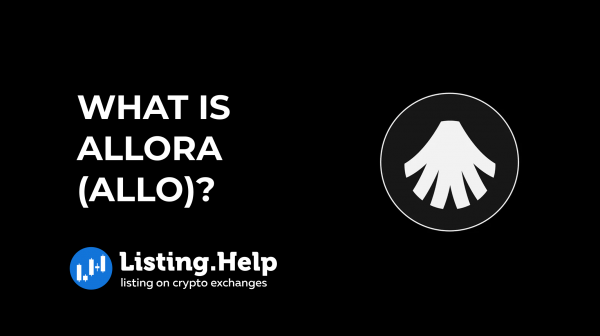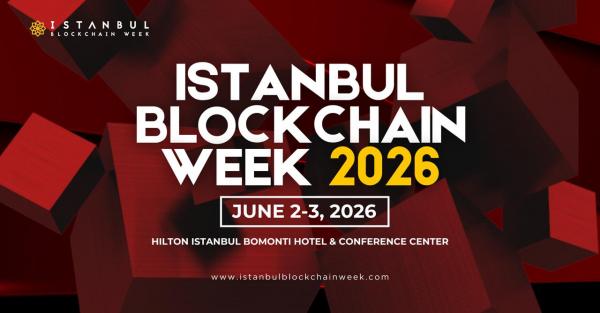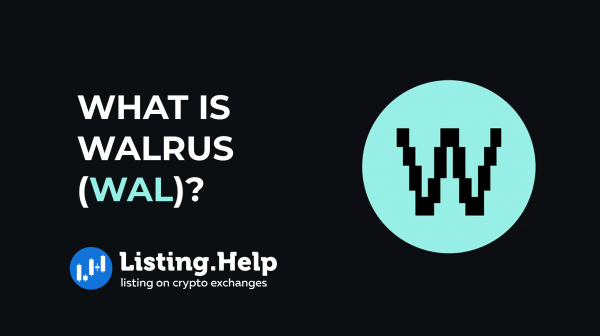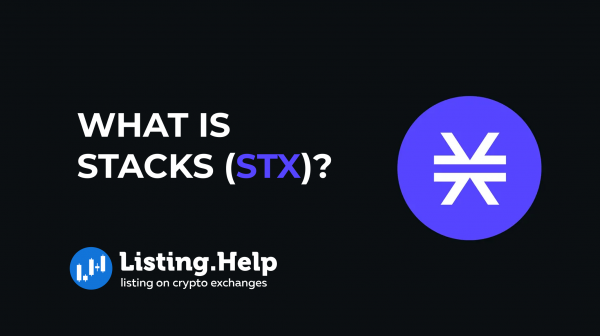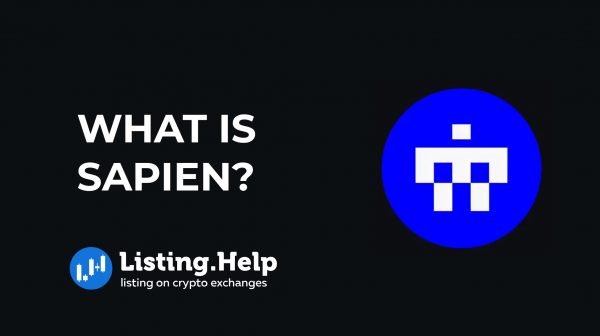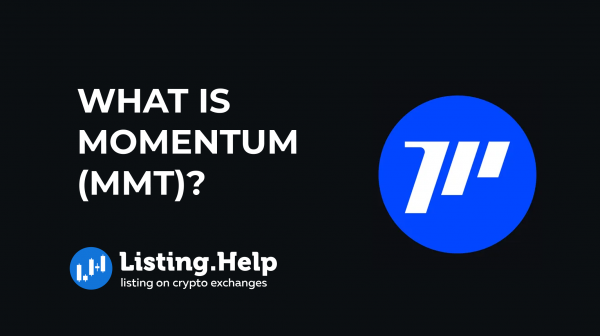What is Lagrange (LA)?
 July 14, 2025
July 14, 2025 Updated: July 14 2025, 02:31
Updated: July 14 2025, 02:31
LEAVE A REQUEST
Launching your own token project? Our experts are ready to help with listing on exchanges, market making, marketing and other solutions
SUBMIT APPLICATIONSuppose you want to calculate the average price of ETH across several blockchain networks. Doing this without relying on oracles or paying high gas fees for historical data access can be a real challenge.
Lagrange simplifies the task by taking the computation off-chain, using zero-knowledge proofs (ZKPs) to prove the results, and verifying everything on-chain. This setup lets you move and validate data across chains more securely and efficiently.
What Is Lagrange?
Lagrange is a protocol designed to bring secure, verifiable computation to blockchain and AI systems. Built as the first Actively Validated Service (AVS) on EigenLayer, it uses Ethereum’s restaking model to provide scalable ZK proof generation with decentralized security.
Instead of following the traditional ZK rollup model, Lagrange offers an expandable proof layer made up of two main parts: a decentralized ZK Prover Network and a highly parallelized ZK Coprocessor. Together, they make it possible to verify advanced computation — like AI processing, cross-chain communication, and rollup validation — without compromising on trust or speed.
Lagrange also introduces a new way to query and verify data across different blockchains, acting more like a traditional database but with built-in transparency and cryptographic assurance. This opens new doors for decentralized apps, DeFi tools, gaming, governance protocols, and AI applications.
Key Product of Lagrange
The ZK Prover Network
The Prover Network consists of independent operators that generate proofs on request. If a DApp needs to show that a certain result was correctly calculated, it can send a task to Lagrange. The heavy computation happens off-chain, and a compact proof is returned — small enough to be verified on-chain, without needing to rerun the entire process or rely on a central validator.
Unlike centralized systems that have a single coordinator as a point of failure, Lagrange uses subnetworks that operate independently. This means many apps and chains can use the system simultaneously, and it can scale as needed.
The ZK Coprocessor
The ZK Coprocessor acts like a decentralized query engine for blockchain data. Developers can write SQL-like queries to extract and process data from smart contract storage — across thousands of blocks — and receive a proof that the result is accurate. That proof can then be sent to a smart contract for verification.
Because it works across multiple chains, developers can fetch data from a Layer 2 like Base and verify it directly on Ethereum, without needing bridges, custom indexers, or centralized data providers. It’s a more flexible and secure way to interact with historical on-chain data.
zkML DeepProve
DeepProve is Lagrange’s approach to proving machine learning results without exposing the model or its inputs. By generating zero-knowledge proofs for AI inferences, it allows anyone to confirm that an output comes from the correct model and hasn’t been tampered with. It brings an added layer of trust to AI applications, backed by cryptographic verification rather than blind trust.
How Does Lagrange Work?
The Prover Network
Lagrange’s Prover Network is built on EigenLayer and runs on a foundation of over 85 well-established AVS operators. Each operator runs a lightweight client that listens for incoming proof jobs. When a task comes in, the system assigns it to available operators, who then compute the result off-chain and return a valid proof.
Operators are financially motivated to complete tasks correctly and on time. Failing to do so can result in slashing — a penalty that removes part of their staked funds. The system supports multiple proof formats, including Plonky2 and Plonky3, and is built to adapt to future proof systems as needed.
DARA: The Matching System Behind the Scenes
DARA, or Double Auction Resource Allocation, is the mechanism that connects developers and operators in Lagrange’s network. It ensures that computing power is matched with demand efficiently and fairly.
Here’s how it functions:
- Developers define the size of their computational task and how much they’re willing to pay.
- Operators declare their capacity and cost to perform work.
- DARA automatically pairs them up, ensuring fair pricing and reliable execution.
If a task can’t be fully completed, it won’t go through at all — avoiding half-finished results. The system is designed to keep the market honest by discouraging inflated bids and underperformance. This helps maintain a dependable and balanced network for everyone involved.
What is the LA Token?
LA is the core token that powers activity across the Lagrange network. It plays several roles that keep the system functional and aligned.
- Paying for computation: When someone submits a request for a zero-knowledge proof, the cost is paid using LA. The more complex the computation, the more tokens it takes.
- Incentives for provers: The network’s provers — those who handle and process proof jobs — are rewarded in LA, regardless of the original payment currency. This keeps their interests aligned with the broader health of the network.
- Staking and delegation: Token holders can either stake directly or delegate their tokens to trusted provers. This helps support the operators doing the work, lowers costs for them, and gives the community a role in deciding where rewards should go.
- Network security: Provers are expected to meet performance benchmarks. If they fall short or act dishonestly, they can lose part of their staked LA. Delegators benefit when they back reliable operators — their rewards depend on it. In short, everyone involved has something at stake in keeping the system secure and dependable.
The LA token is listed on many platforms, including PancakeSwap, MEXC, KuCoin and Binance. If you’re looking to list your token on similar platforms, understanding the token listing process and crypto exchange listing fees is essential.
Conclusion
Lagrange gives developers and protocols a more workable way to handle off-chain computation at scale. With its distributed prover setup, streamlined task allocation, and tools that simplify proof generation, it lowers the barrier to getting accurate results you can actually verify. It’s designed to make this process faster, more reliable, and easier to build on.
For more insights and updates on the crypto world, don’t forget to check out our blog at Listing.Help




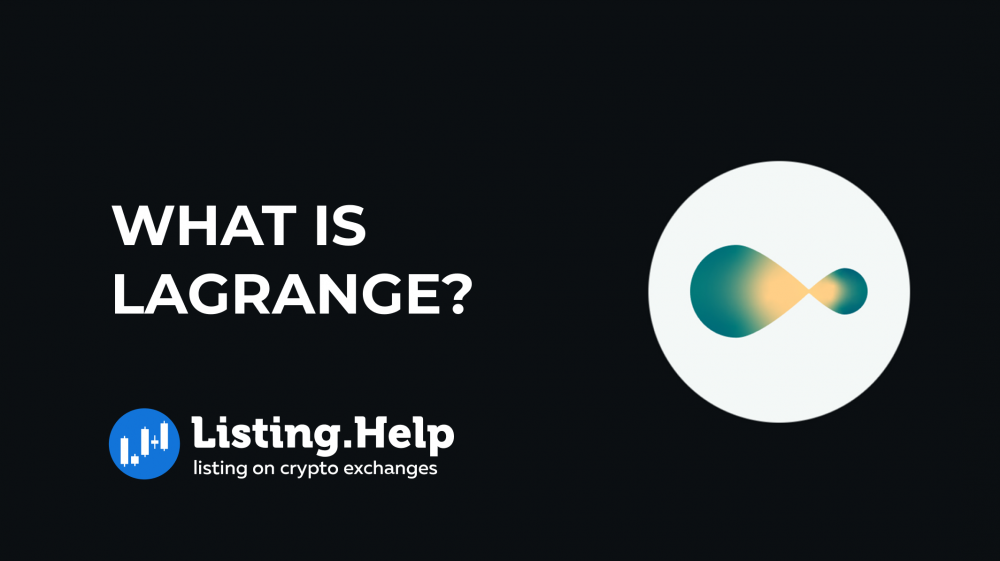


 January 10, 2026
January 10, 2026 
